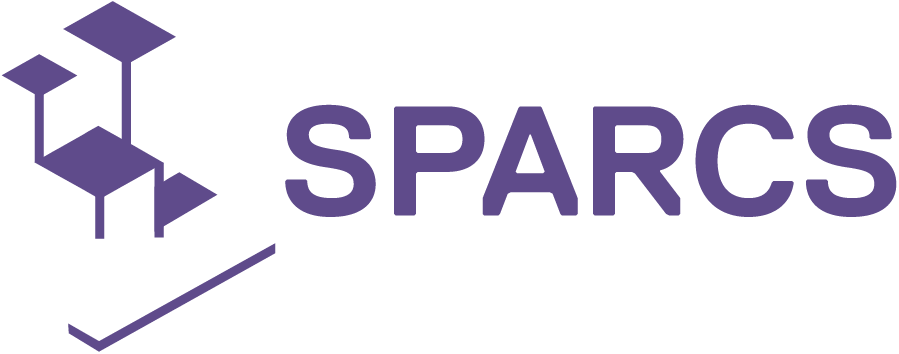What can we learn from the SPARCS demos?
The insights and replication potential of the SPARCS demos were discussed together with the consortium partners in replication workshops organized by Espoo SPARCS team in January. The first workshop concentrated on the demos done in Sello area whereas the other focused on Lippulaiva demo site. Collecting learning from the demos is important, so we don’t lose the ‘silent knowledge’ that has been discovered along the way. Discussing learnings and struggles together also helps to find synergies for a larger PED development.
Capturing and sharing lessons learned is a crucial part of the project. Thinking about the success factors can help to build best practices and offer important guidance to others in future. In both SPARCS demonstration areas, Sello and Lippulaiva, the demos were successful; technical solutions were applied as planned, new innovated solutions were tested and implemented and collaboration between the different actors worked well in the project, aiding demos towards success.
Some highlights from the learnings
Clear definition of the desirable objectives should be planned early on in the project. There should be courage to define an ambitious level, as ambitious goals often correlate with ambitious results. Some thoughts about the impact assessment process also at the beginning could benefit the project overall. Applying new innovations is pioneer work and often requires questioning the old processes. All actors should be committed to the development work and choosing “the best team” to work with and collaborate with the right stakeholders is important.
Big investments require foresight – changes don’t necessarily happen fast, and the desirable outcomes might take time. The economic benefits were discussed a lot in the workshops, especially with the private sector stakeholders. It was noted that actors should have the ability to invest and resources for upkeep the solutions, and that economic benefits depend on the actor. Outside funding, like EU funded projects, can give the opportunity to test new solutions, that would otherwise not be done. Some learnings about the regulatory framework were discussed as well, with special emphasis on the land use planning and the importance of the City’s role.
Lot of things can change during project’s time – some changes can even work as drivers towards energy positivity. The recent energy crise, for example, affected the prices of energy and made people think more about energy matters, and recent power surges have shown that people do react, which can create new potential for example demand-side flexibility. Nowadays, people are also expecting more quality from the electricity system.
Lot of participation activities were implemented during the project in different SPARCS demonstrations. There is no single solution to what kind of participation actions should be implemented since they differ depending on the action itself. It was mentioned thought, that people should be given the opportunity to hear what is being done and give their opinion. Taking people on board, increasing the sense of community, and giving residents the sense of ownership might help.
Replication potential and next steps
Reflecting on what made the demos successful or what challenges have been faced can also guide us to think about the replication potential of the demonstrations. How could others implement the same solutions in the future? The exploitation and the replication potential of the demos will be thought through in the SPARCS project – learn more about these discoveries in the upcoming SPARCS reports.


